In the ever-evolving world of interior design, minimalist furniture has emerged as a timeless trend, celebrated for its ability to transform living spaces into serene sanctuaries. Whether you’re just dipping your toes into the vast ocean of home decor or you’ve been navigating it for years, understanding the essence of minimalist furniture can open doors to creating a more harmonious and clutter-free environment. This approach is less about deprivation and more about intentionality, allowing each piece to shine and serve a purpose.
Minimalism is a celebration of space, light, and form, stripping away the unnecessary to highlight the beauty in simplicity. For beginners, it offers a perfect starting point—allowing you to curate your space with a few well-chosen pieces that speak to your personal style. Meanwhile, seasoned decorators will find that minimalist furniture provides an opportunity to refine their spaces, focusing on quality over quantity. This article will guide you through the principles of minimalist furniture, helping you discover how to choose pieces that complement your space and lifestyle.
You’ll learn how to identify key elements of minimalist design, ensuring each piece you select enhances the room without overwhelming it. Embrace the power of neutral colors, clean lines, and multifunctional furniture that adapts to your needs. Whether you’re looking to revamp a single room or embark on a whole-home transformation, the insights you’ll gain here will inspire confidence in your design decisions. Join us as we delve into the art of minimalist furniture, and let us help you create a home that feels both inviting and refreshingly open.
Understanding Minimalist Design Principles
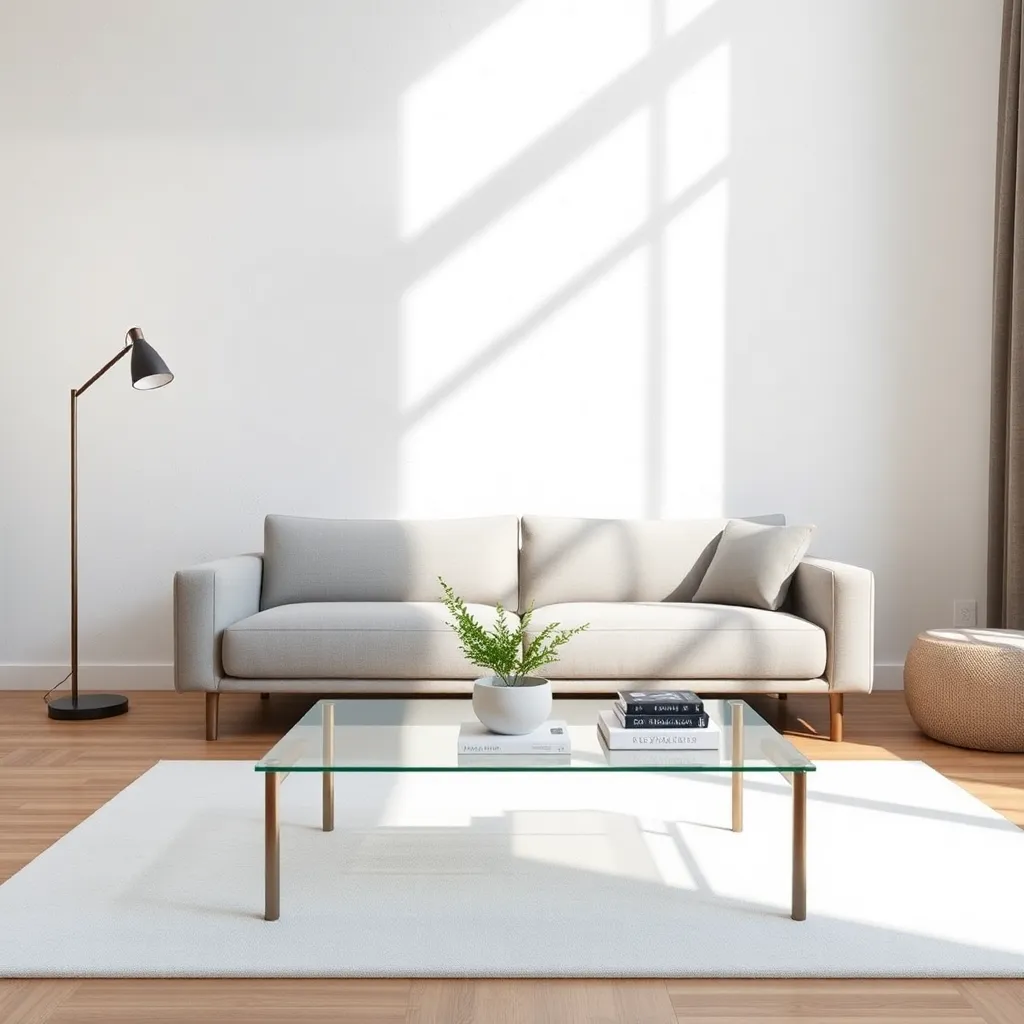
Minimalist design is about embracing simplicity and functionality in every element of your home. When selecting minimalist furniture, focus on pieces that offer clean lines and are often multipurpose, such as a sleek sofa bed or a dining table with built-in storage.
Begin your minimalist journey by choosing a neutral color palette—think whites, grays, and beiges—which sets a calming backdrop. For a touch of contrast, you can incorporate black or deep navy accents in small doses, like through a statement chair or a unique lamp.
Consider the scale and proportion of furniture to maintain balance in your space. A large, plush couch may overwhelm a small living room, so opt for a more tailored, low-profile design that complements your space’s dimensions.
Placement is key in minimalist interiors; each piece should have a purpose and a place. Arrange furniture to create open pathways and allow for easy movement, ensuring that clutter is kept to a minimum and that the room feels spacious and airy.
For an advanced touch, experiment with textures and materials to add depth without visual clutter. Incorporate elements like a wool rug, a leather chair, or a glass coffee table to introduce subtle interest and sophistication.
Finally, enhance your minimalist design with thoughtful accessories, such as a single art piece or a few strategically placed plants, to bring life and personality into your space. Keep decorations minimal yet impactful, ensuring they blend seamlessly with the overall aesthetic.
Choosing Sleek and Functional Pieces
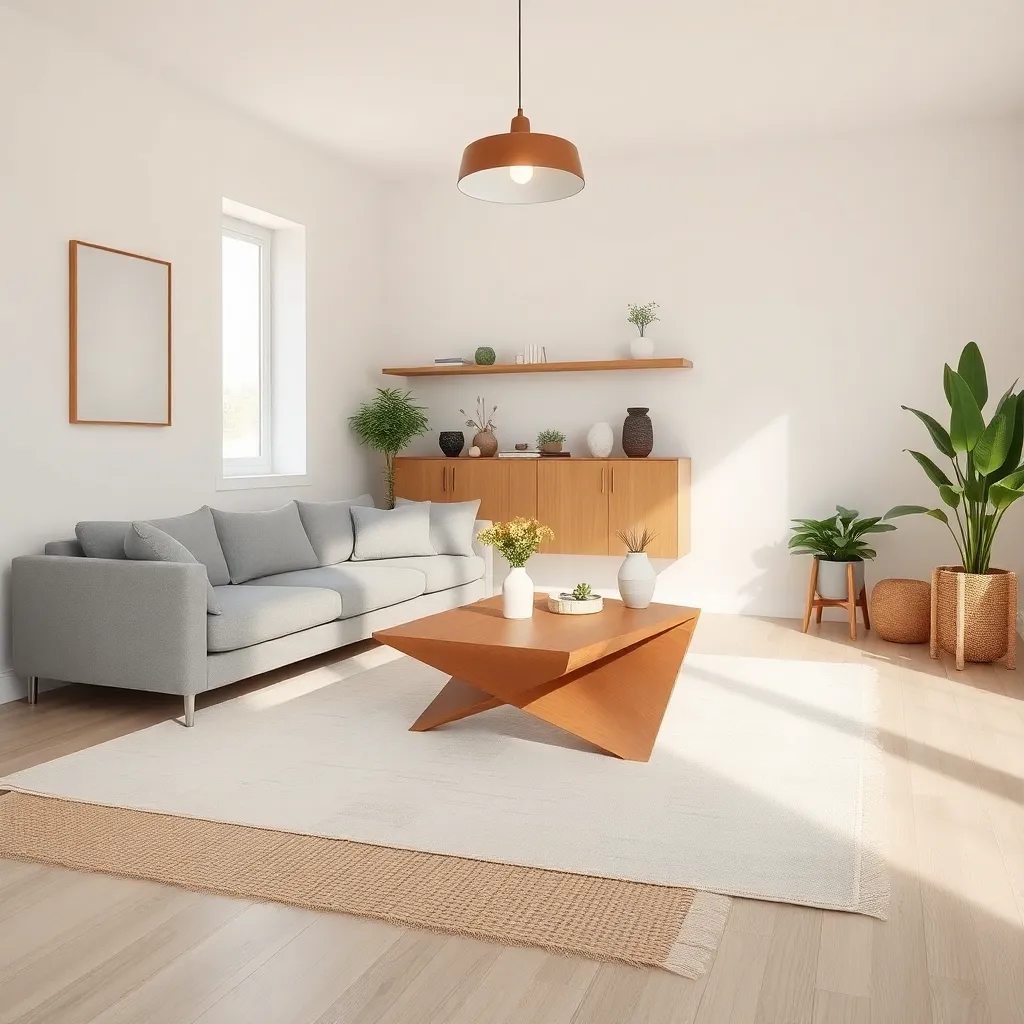
When selecting minimalist furniture, it’s crucial to focus on pieces that serve multiple functions. Consider a sofa with built-in storage or a coffee table that doubles as a workspace to maximize both form and utility.
Material choice plays a significant role in achieving a sleek look. Opt for furniture made from natural materials like oak or walnut, which offer durability and a timeless aesthetic that complements minimalist spaces.
Color schemes should be kept simple to maintain a clean and open atmosphere. Stick to a palette of neutral tones such as whites, grays, and beiges, which can be accented with pops of color through accessories like cushions or vases.
Placement is key in minimalist design, where less is more. Arrange your furniture to promote flow and space, ensuring there’s ample room to move around freely without obstruction, which can help maintain a sense of tranquility.
- Choose modular furniture that can be easily rearranged for different needs.
- Incorporate pieces with hidden storage to reduce clutter.
- Use furniture with clean lines and simple silhouettes for a streamlined appearance.
- Consider multifunctional items like a daybed that serves as both a seating area and a guest bed.
Maximizing Space with Minimalist Furniture
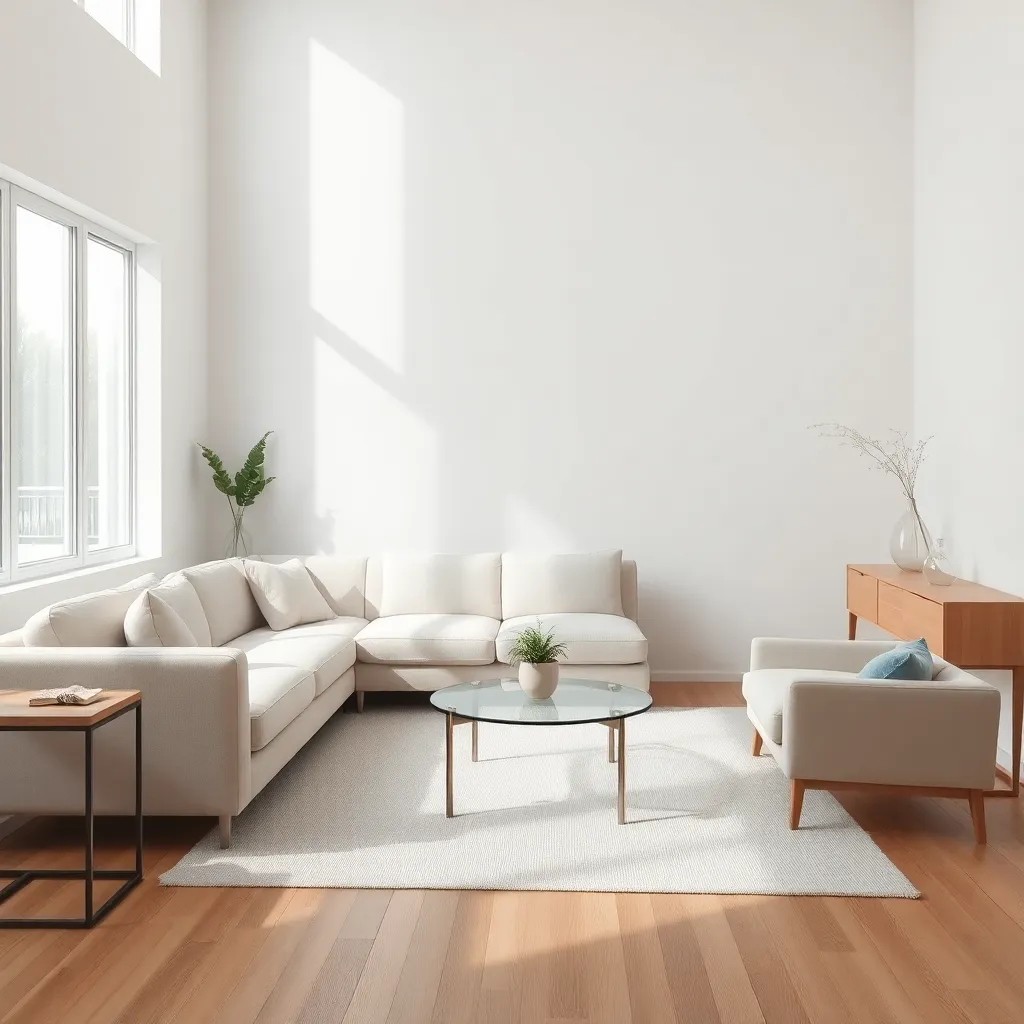
To maximize space with minimalist furniture, start by selecting pieces that serve multiple functions. For example, a sofa bed or an extendable dining table can transform a room with ease, providing flexibility without sacrificing style.
Consider the visual weight of furniture and opt for pieces with **clean lines and open bases**. Transparent materials like glass or acrylic can also help create the illusion of more space, making them ideal for small rooms.
Placement is key to maintaining a spacious feel in minimalist interiors. Position furniture against walls to open up the floor space, and choose **low-profile pieces** to keep sightlines unobstructed and the room feeling airy.
For color schemes, use a neutral palette to promote a sense of calm and openness. Incorporate textures and subtle patterns to add depth and interest without overwhelming the space.
Reflective surfaces, such as mirrors or glossy finishes, can amplify natural light and make a room appear larger. Place mirrors strategically across from windows or light sources to enhance this effect.
For advanced decorators, consider built-in storage solutions that seamlessly integrate into the room’s design. Custom shelves or cabinetry can provide ample storage without cluttering the space, maintaining the minimalist aesthetic.
Integrating Neutral Color Palettes
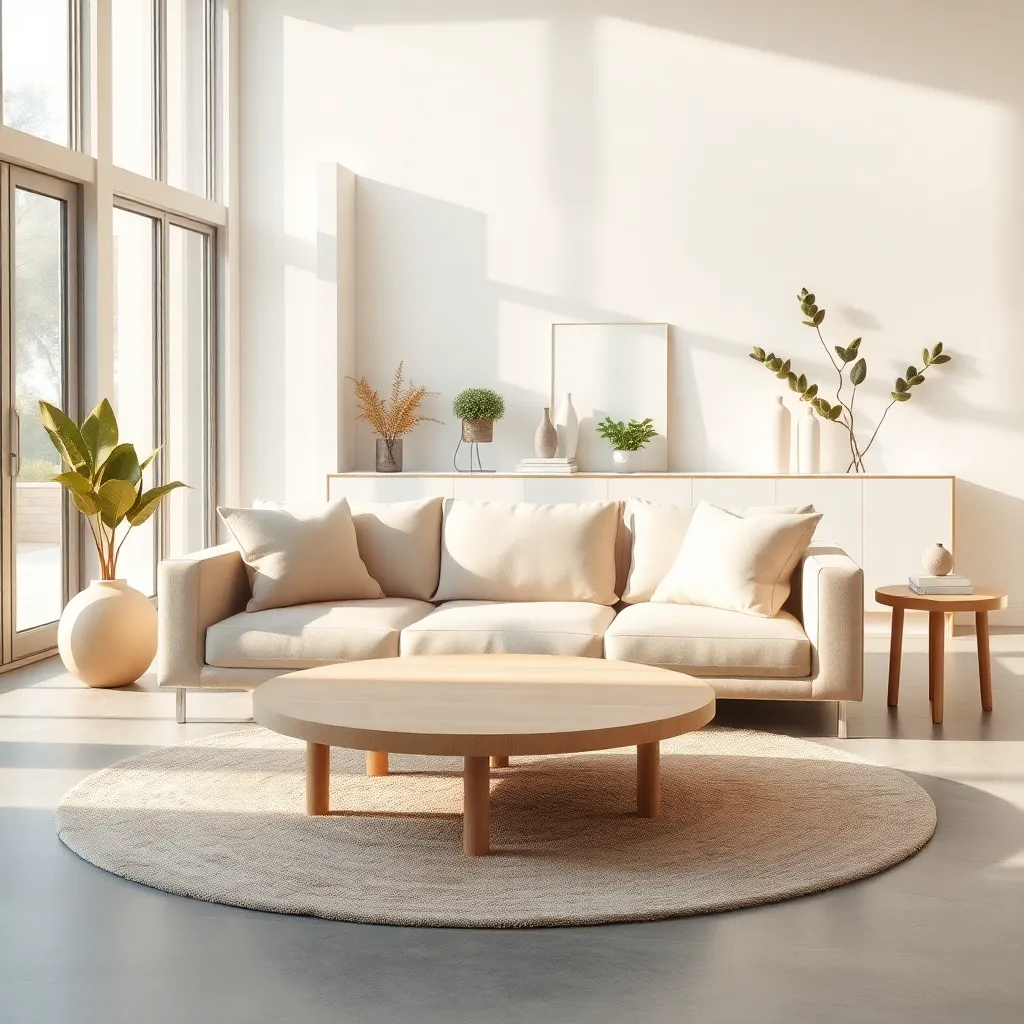
Neutral color palettes are a hallmark of minimalist design, offering a serene and clutter-free aesthetic. Start by choosing a base color such as white, beige, or soft gray, which can serve as a versatile canvas for your minimalist furniture.
Incorporate various shades and textures to add depth without overwhelming the space. For instance, consider pairing a cream-colored sofa with a light gray rug and taupe throw pillows to create a cohesive yet visually interesting look.
Select furniture pieces that complement your chosen neutral palette, such as a natural wood coffee table or a sleek white dining set. These elements not only harmonize with the color scheme but also contribute to the overall minimalist vibe.
Advanced decorators can experiment with subtle contrasts to enhance visual interest. Try adding a dark charcoal accent chair or a black metal lamp to create a focal point without disrupting the calm ambiance.
Maintaining Simplicity and Elegance
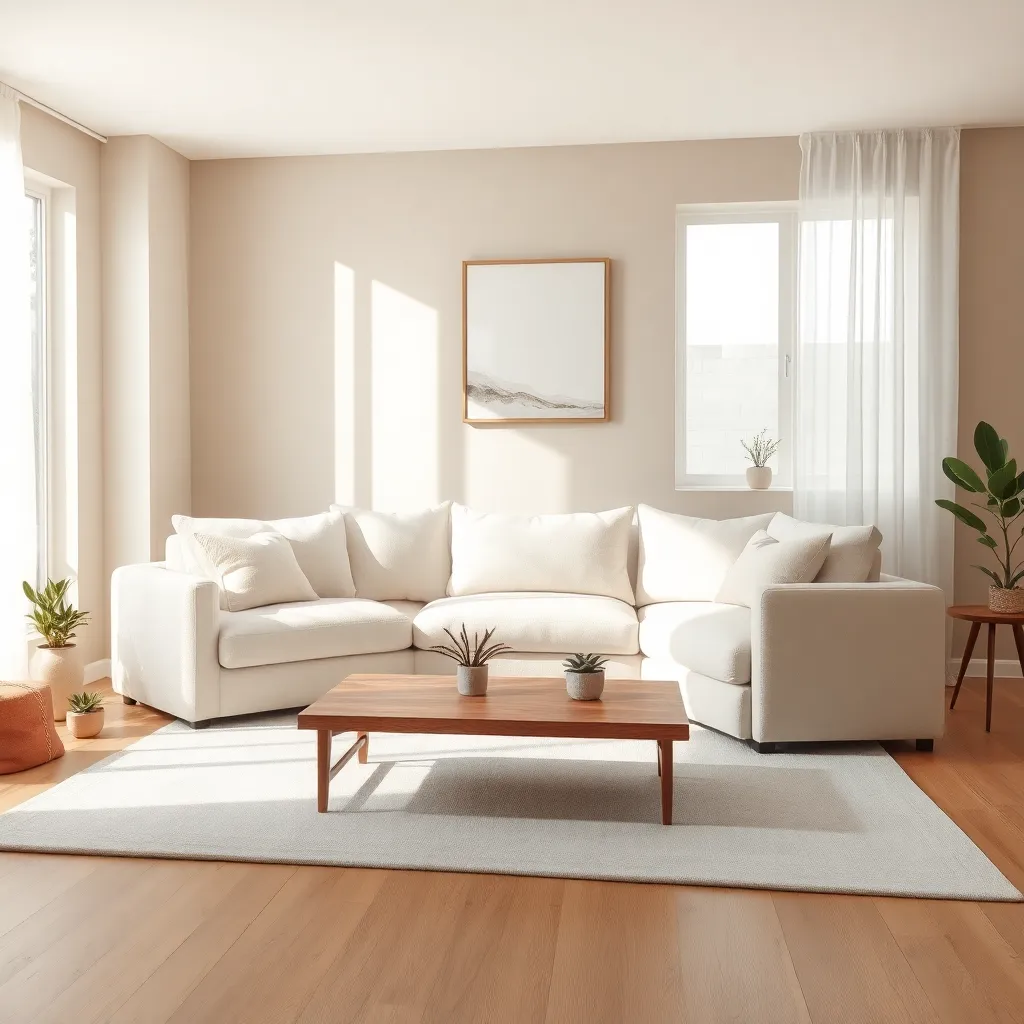
In the pursuit of simplicity and elegance, focus on selecting furniture pieces with clean lines and understated designs. Choose materials like wood, metal, or glass for a sophisticated aesthetic that complements a minimalist theme.
Emphasize quality over quantity by investing in a few well-crafted items that will stand the test of time. Opt for versatile pieces such as a sleek sofa or a streamlined dining table that can adapt to different styles over the years.
Placement plays a crucial role in maintaining a clutter-free environment. Position furniture to enhance natural light and create open pathways, making the room feel spacious and inviting.
When selecting color schemes, consider soft whites, muted grays, or earthy tones that exude calmness and cohesion. These colors not only harmonize with minimalist furniture but also provide a soothing backdrop for everyday living.
Conclusion: Growing Success with These Plants
In exploring the world of ‘Minimalist Furniture’ and its parallel with relationship dynamics, we unpacked five pivotal concepts: the importance of decluttering emotional baggage, the value of simplicity in communication, the strength found in essential support structures, the beauty of functional space in personal boundaries, and the harmony of balanced aesthetics in relationship roles. These elements underscore the profound impact that embracing simplicity and intentionality can have on the emotional environment of your relationship.
As an actionable next step, consider dedicating time this week to assess one area of your relationship that could benefit from a minimalist approach, whether it’s through clearer communication or setting healthy boundaries. Doing so can create space for more meaningful interactions and a deeper connection.
To ensure these insights remain at your fingertips, bookmark this article as a valuable resource for future reference. By integrating these minimalist principles, you are paving the way for a relationship that is not only resilient but also enriched with clarity and purpose.
Remember, relationship success is an ongoing journey, and with each mindful step, you are building a foundation for lasting happiness and fulfillment. Embrace this opportunity, and watch your relationship flourish.
